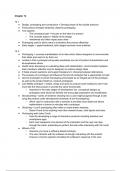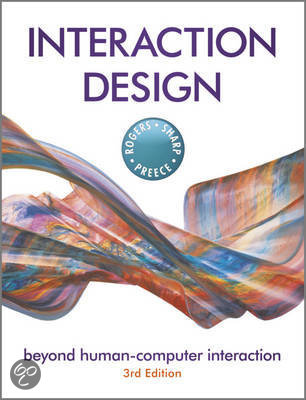Summary
Summary of Week 5/Chapter 12 of Human-Centered Design (DDB200) in TU/e 2023
- Course
- Institution
- Book
Summary of Chapter 12/topics covered in Week 5 of Human-Centered Design (DDB200) at TU/e 2023. Notes are based on the Interaction Design textbook.
[Show more]




